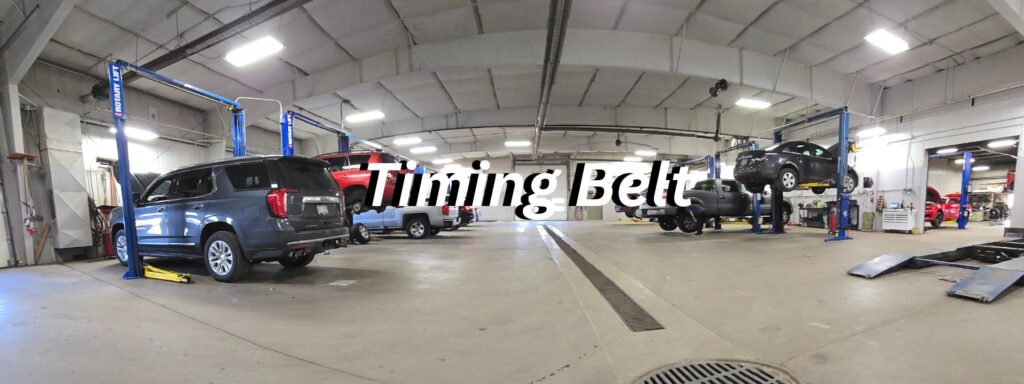The timing belt is a critical component in an internal combustion engine, synchronizing the crankshaft and camshaft to ensure proper valve timing. Replacing it on schedule is essential to prevent catastrophic engine damage and maintain vehicle reliability. Ignoring this maintenance can lead to costly repairs or even a complete engine failure.
Why Replace the Timing Belt?
A timing belt is typically made of rubber reinforced with fibers, making it susceptible to wear over time. As it ages, it can crack, fray, or lose tension, compromising its ability to keep engine components in sync. In interference engines, where pistons and valves occupy the same space at different times, a broken or slipped timing belt can cause pistons to collide with valves, resulting in bent valves, damaged pistons, or a ruined engine. This repair can cost thousands of dollars, far exceeding the $500-$1,000 typical cost of a timing belt replacement. Even in non-interference engines, a failed belt can leave you stranded, requiring towing and unexpected repairs. Regular replacement ensures smooth engine performance, fuel efficiency, and peace of mind.
When to Replace the Timing Belt?
Most manufacturers recommend replacing the timing belt every 60,000 to 100,000 miles or every 5 to 7 years, whichever comes first. The exact interval varies by make and model, so consult your vehicle’s owner’s manual or a trusted mechanic. Some vehicles, particularly high-performance or luxury models, may have shorter intervals. Time-based replacement is crucial because rubber degrades even with low mileage, especially in harsh climates. Additional components, like the water pump, tensioners, and pulleys, are often replaced simultaneously to avoid future labor costs, as they share the same access area.
Warning Signs
While scheduled replacement is ideal, watch for symptoms like engine misfires, ticking noises from the engine bay, or difficulty starting the vehicle. These may indicate a failing belt, warranting immediate inspection.
Proactively replacing your timing belt according to the manufacturer’s schedule prevents unexpected breakdowns and protects your engine. It’s a small investment compared to the potential consequences of neglect.

